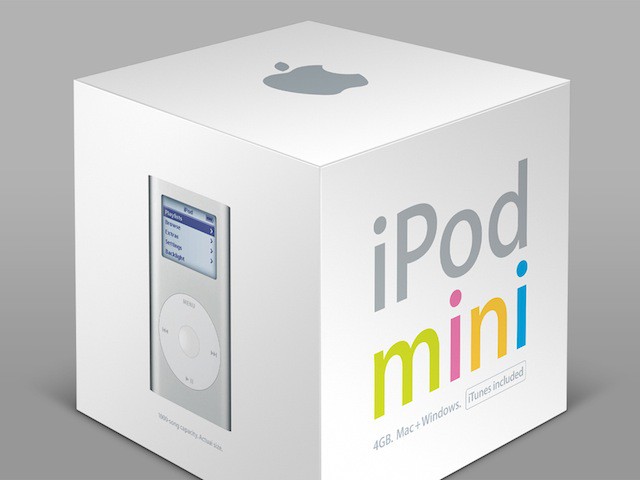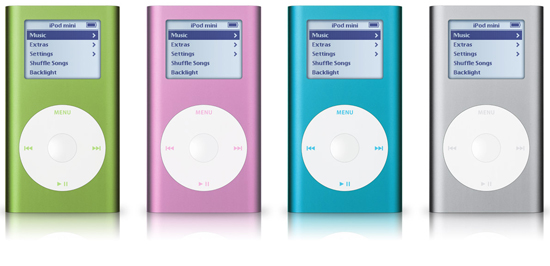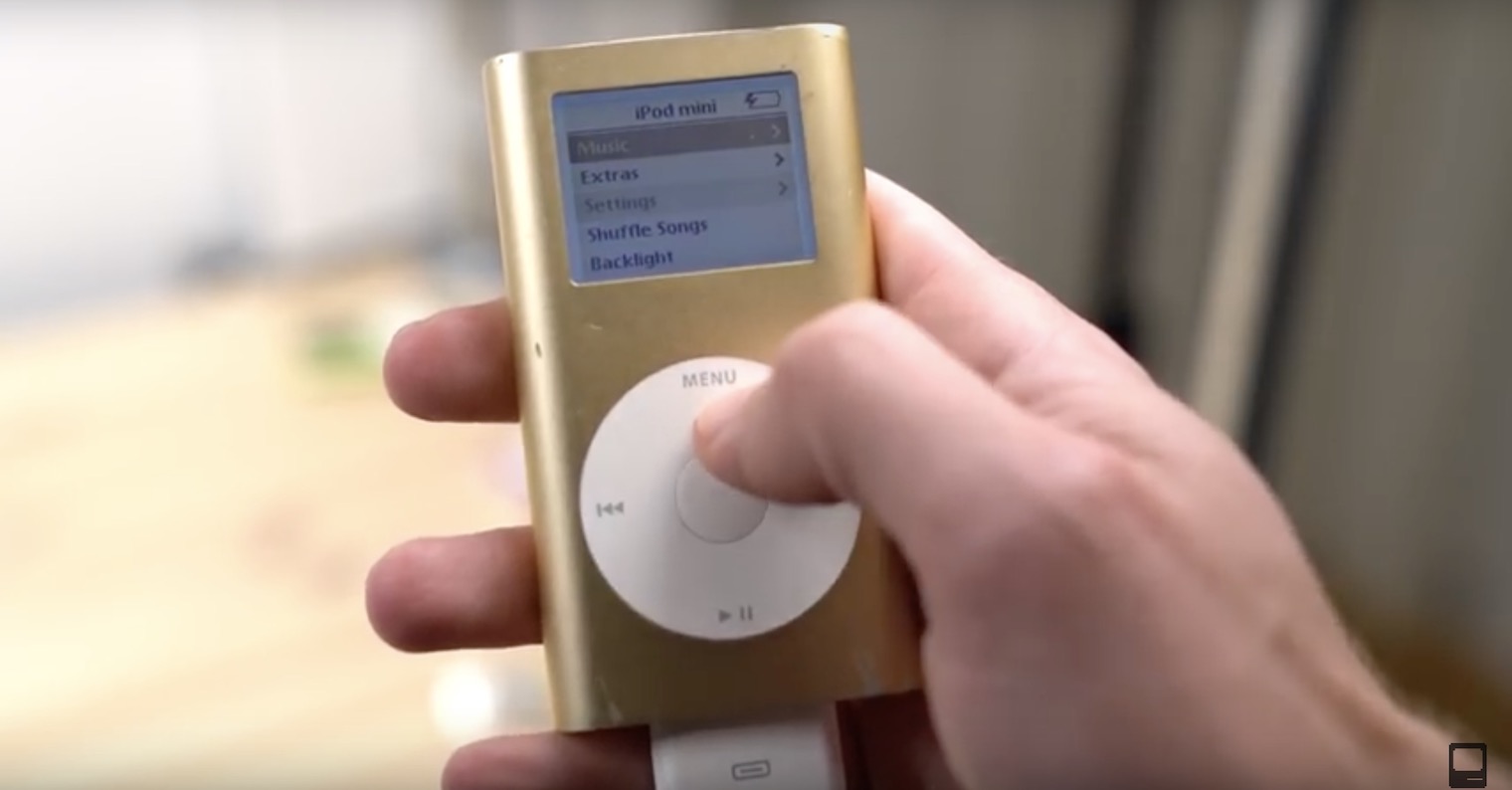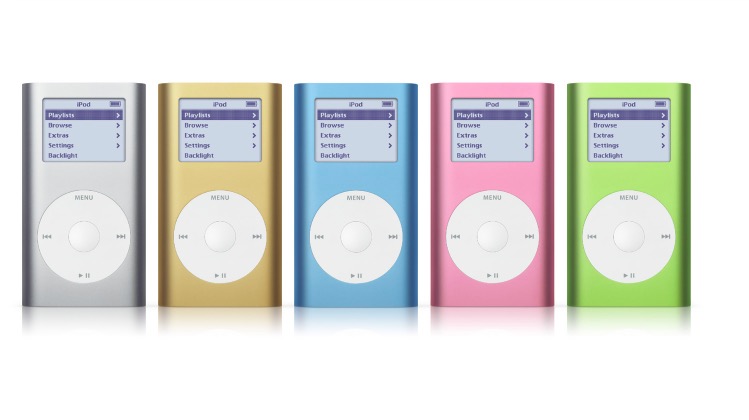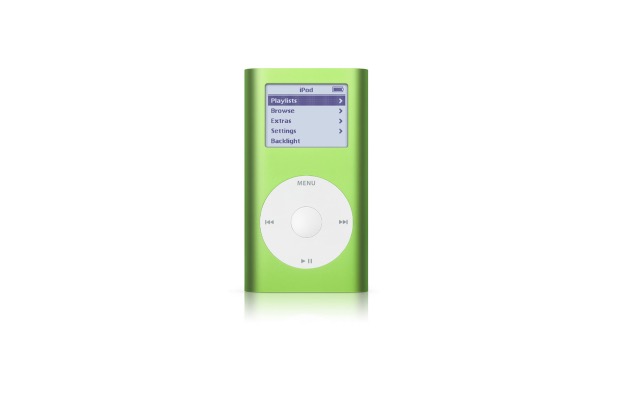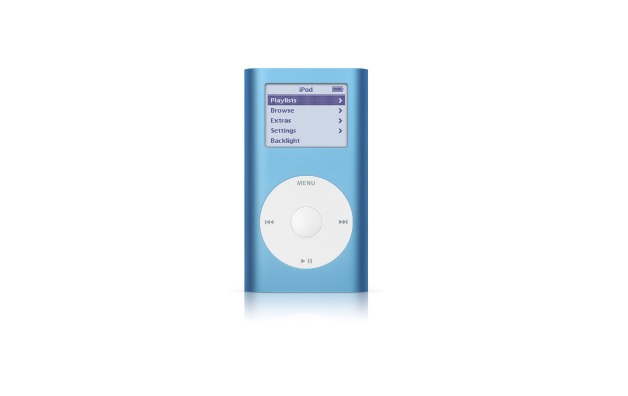It's February 2004 and the tiny iPod mini is born. Available with 4GB of memory and in five colors, this miniature device features a new "click wheel" that integrates control buttons into a touch-sensitive scroll wheel. The new iPad mini also becomes further evidence of Cupertino's growing fascination with aluminum, which will become a hallmark of Apple design for a long time.
It could be interest you

Despite its small size, the new music player has great market potential. In fact, the iPod mini will soon even become Apple's fastest-selling music player to date. The iPod mini came at a time when Apple's pocket players had managed to build a solid reputation. A year after the iPod mini was released, the number of iPods sold reached 10 million. Meanwhile, Apple's sales grew at a previously unimaginable rate. As you can probably guess from the name, the iPod mini itself brought incredible miniaturization. Like the later iPod nano, this device didn't try to shrink everything that its bigger siblings did. Instead, he demonstrated a new way of solving the same problems.
Described by Apple as "the world's smallest 1000-song digital music player," the iPod mini hit the market on February 20, 2004 and brought a number of changes. The physical buttons of the larger iPod Classic were replaced by buttons built into the four compass points of the click wheel itself. Steve Jobs later stated that the click wheel was designed for the iPod mini out of necessity because there was not enough room for buttons on the iPod. In the end, the move turned out to be brilliant.
Another innovation was the already mentioned use of aluminum. Ive's team had previously used the metal for the titanium PowerBook G4. But while the laptop became a big hit for Apple, the titanium proved to be expensive and labor-intensive. It was necessary to treat it with metallic paint so that scratches and fingerprints are not visible on it. When members of Ive's team researched aluminum for the iPod mini, they fell in love with the material, which offered the dual benefit of lightness and strength. It wasn't long before Apple introduced aluminum as a material for MacBooks, iMacs and other products.
The smaller music player also started Apple's foray into fitness. People started using the small music player in the gym while working out, and Cupertino highlighted this new use in advertisements. iPods began to emerge as body-worn accessories. Many people who owned a larger iPod with more storage also bought an iPod mini for jogging.
Today's fitness-focused Apple Watch ads owe a lot to the marketing of the iPod mini, which kicked off Cupertino's fashion-focused ad for wearables.
